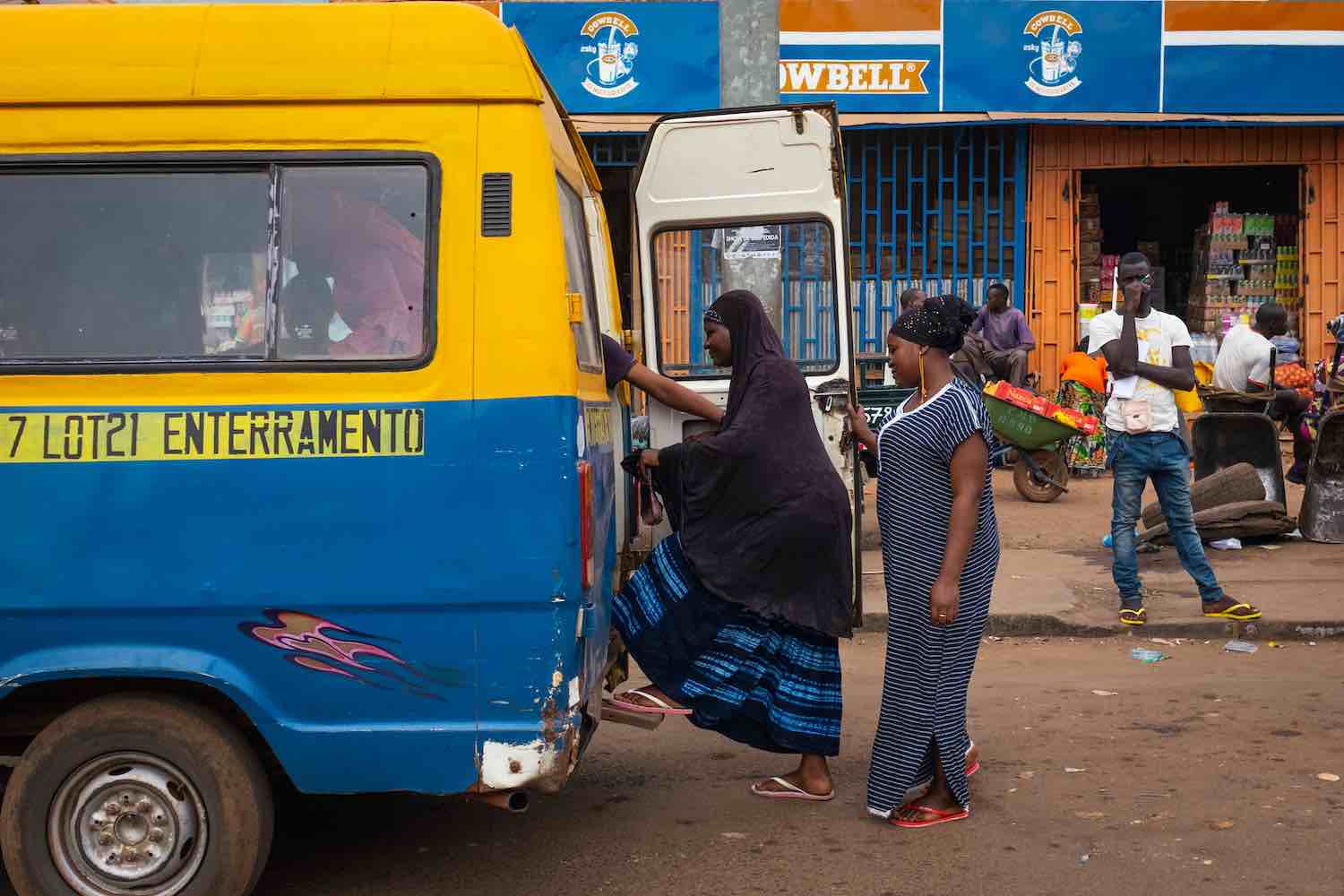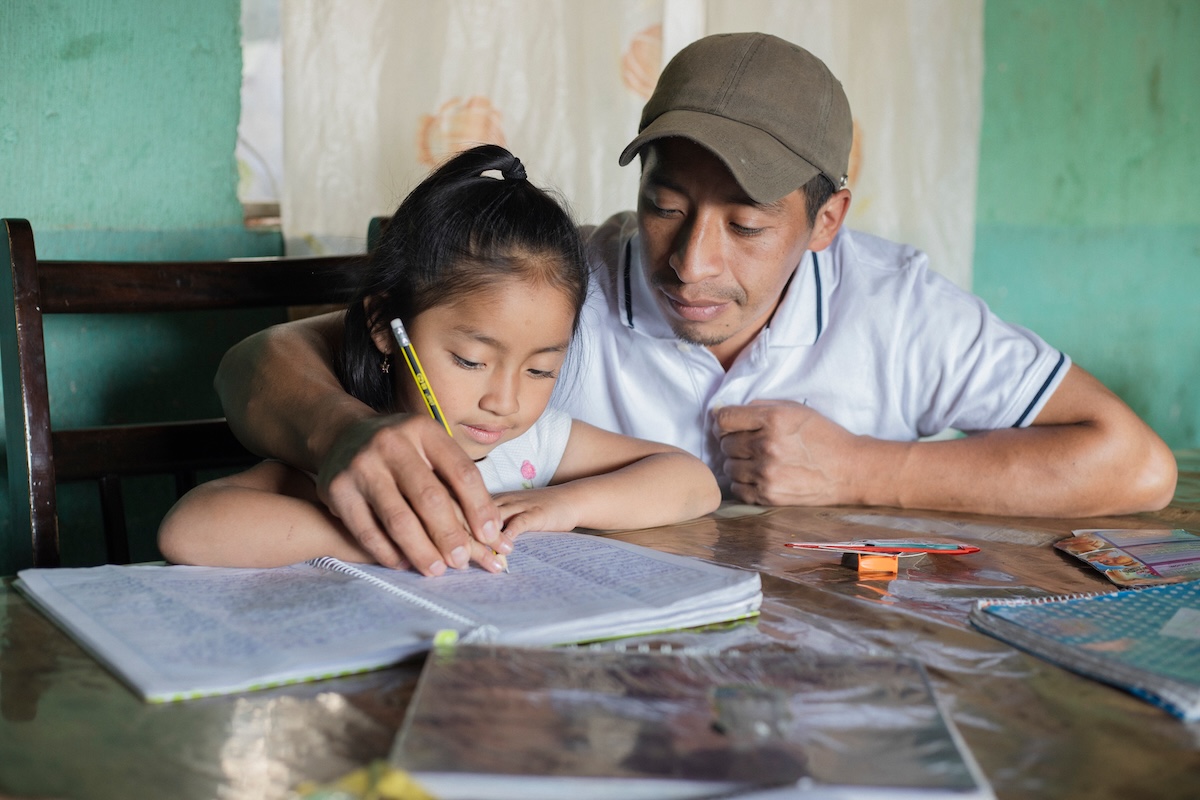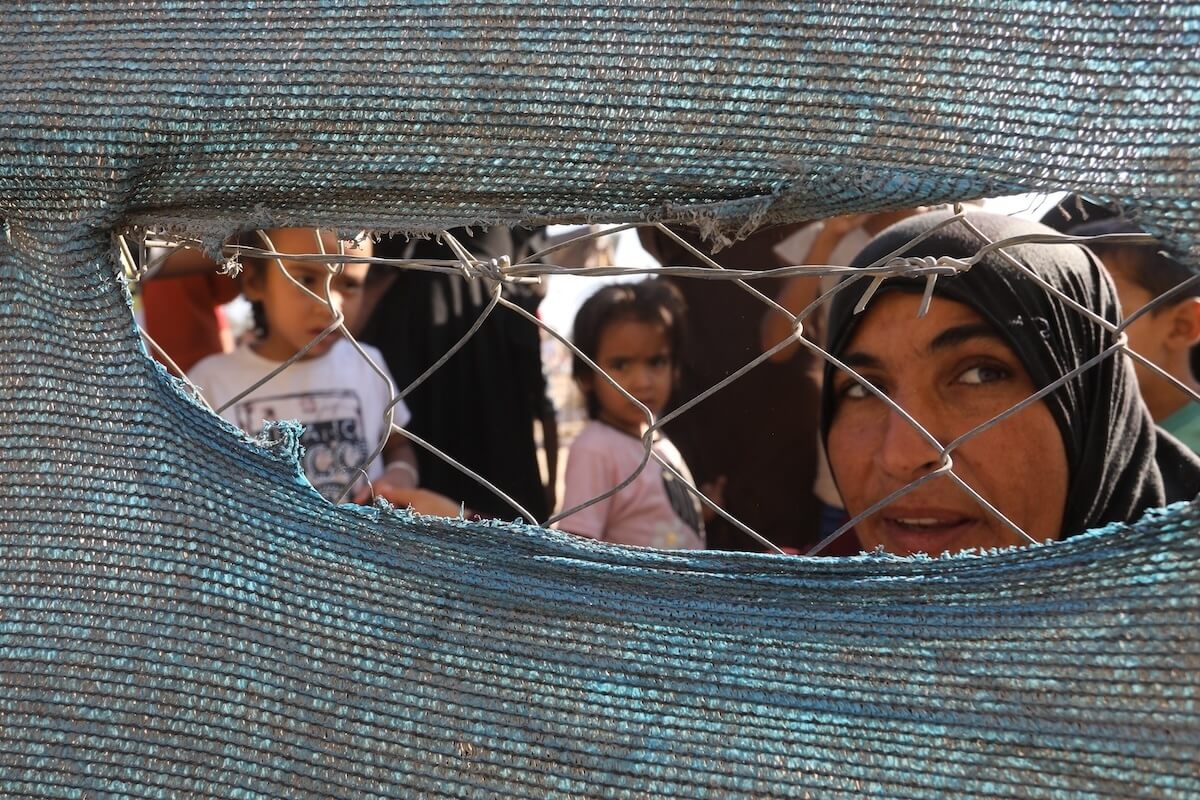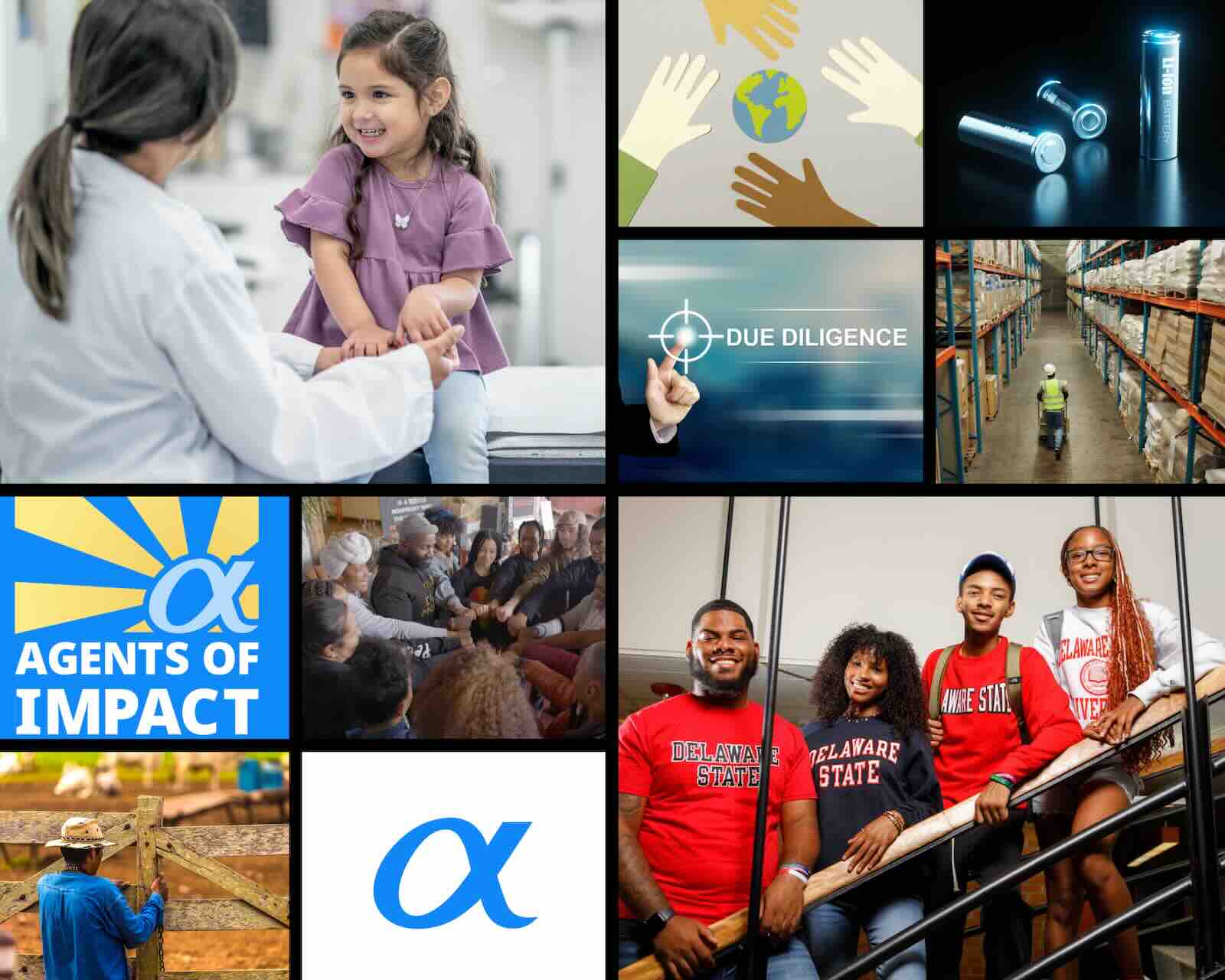ImpactAlpha, June 23 – In Nigeria, Primero Transport Services, a bus company with a concession from the Lagos government, securitized receivables from its bus ticket sales to raise funds to expand its fleet and operations and keep up with growing demand.
In Côte d’Ivoire, a national electricity company securitized over $120 million worth of receivables to help manage cash flows and liquidity needs.
And Kenya is looking at securitizing payments from a pool of water utilities to raise financing to improve water services.
Many activities related to the Sustainable Development Goals have cash flows that lend themselves to this kind of securitization. Despite their potential to advance development outcomes, securitization markets in African countries have been a challenge to build. These recent exciting and relatively uncelebrated deals suggest securitization’s time may have finally come.
A securitization is a bond collateralized by a large pool of predictable cash flows. By aggregating the cash flows and through structuring and tranching, securitization can create bonds with risks and returns that appeal to institutional investors and let smaller borrowers access capital markets.
As the name suggests, a future flow securitization, or FFS, uses the future expected revenues of an entity or project to securitize the bond, the proceeds of which are typically reinvested in the business or project. In this way, the anticipated future proceeds of a project actually help fund its operations today.
Climate, transportation and energy
These transactions are home-grown, issued in local currency, and have been developed through collaboration between public and private-sector stakeholders. We believe these future flow securitizations are good models for how to accelerate SDG financing across the continent.
In particular, the climate-focused SDGs (Nos. 6, 7, and 13) could be advanced through securitizing utility payments for renewable energy sources, such as solar, wind, and hydro plants.
Likewise, in the field of transportation, which impacts SDG Nos. 3, 9, and 11, a variety of receivables could be securitized, including toll road receipts; bus, taxi, and metro tickets; city bike receipts; and leases for motorcycles and automobiles—some of which could also be green if they involve electric and hybrid vehicles. California is looking to securitize vehicle registration and other fees to finance electric charging stations and help achieve its Zero Emission Vehicle goals
And in the education sector (SDG No. 4), school tuitions present the kind of predictable, multiple cash flows that are ideal for a securitization structure.
Why future flows
In many parts of the world, the cash flows for securitizations, such as mortgage-backed securities, come from bank loan repayments. In Africa, bank loans are not always the optimal place to start or the only place to focus. Many banks on the continent do not have the typical incentives for securitization, such as the need for capital relief or new funding sources. Their loan books also may not be of sufficient size.
Instead, pursuing future flow securitizations, or FFS, can offer a solution for many African countries. What makes FFS a good starting point is that they can be easier and quicker to put together and more understandable for investors new to securitization. These benefits will allow more transactions to get done, raising visibility and awareness and laying the groundwork for broader market growth over time.
In Ghana, for example, the government securitized the cash flows from a national petrol tax and has raised $1.3 billion of a $1.5 billion-equivalent program. Ghana recently introduced a program to securitize an education tax and will use some of the proceeds to finance new educational facilities.
The reason so many examples involve government-related entities is because future flow securitizations retain some link to the borrower (the “originator”) and so need to be based on cash flows that have a high chance of continuing even if the originator faces a problem in other parts of its business. If a bus concessionaire faces a financial challenge, it can be replaced by another company to service those bus lines. The cash flows from the bus lines will continue.
For this reason, some countries may need to start with cash flows generated by or related to government activities, high-quality State-Owned Enterprises or top private companies. But a broader range of private sector flows could also be options.
Collaborative approach
Scale is a challenge. Much of what we’re seeing is small. And aggregation is difficult. We have to start by getting securitization better known and more accepted, in order to reduce some of the frictions that often create additional costs in time and money.
This is why countries looking to build securitization markets should develop “demonstration transactions” that showcase and explain the potential of these structures and thus increase the market’s comfort level.
The mantra for developing these markets should be: Select markets where performing cash flows currently exist. Build simple, transparent structures. And create the base of experience from these structures before moving onto more complex ones.
Local stakeholders and their partners should identify targeted SDG areas and build performance data on their cash flows so that securitization can be done with confidence in the future. Performance data are essential for establishing investor confidence in these deals. As always, there will need to be initiatives focused on building knowledge and capacity throughout the ecosystem.
One of the most important lessons from African markets such as Nigeria and Kenya is the importance of a collaborative approach between government agencies and market participants.
Many of the recent developments involve regulators, private financial institutions and other stakeholders joining forces. Regulators and arrangers and development partners have worked top down, bottom up, and sideways to help make this happen. Facilitating these collaborations will be essential to building on recent success and growing these important markets.
Alison Harwood is a senior fellow with the Milken Institute’s Center for Global Market Development. John Schellhase is a director for the center.












